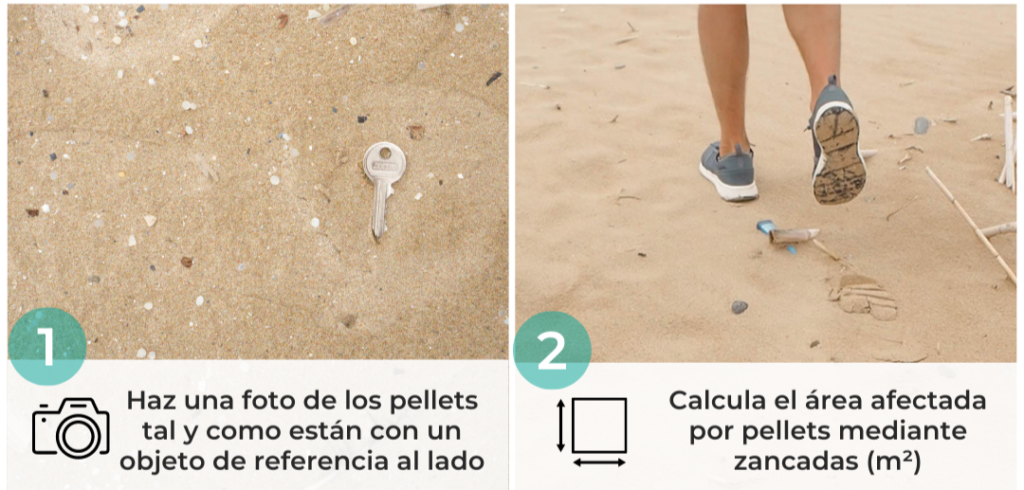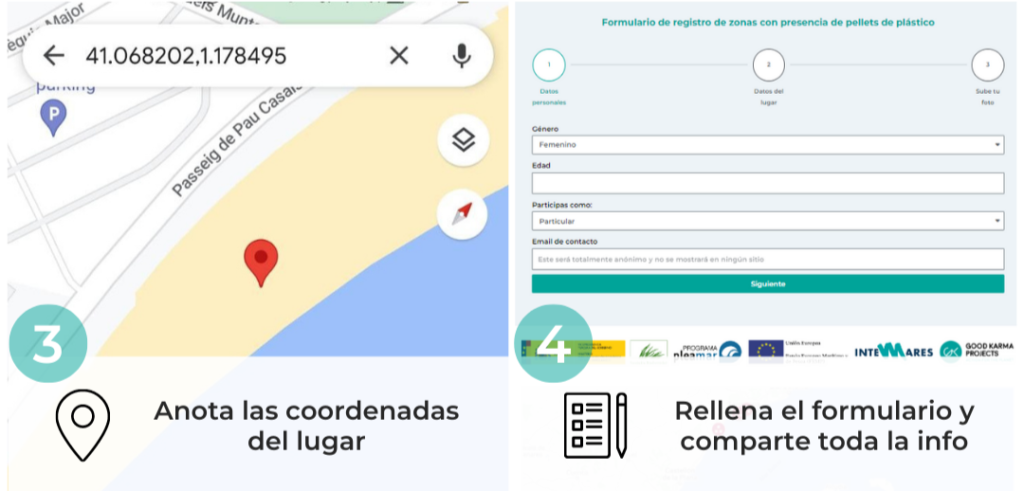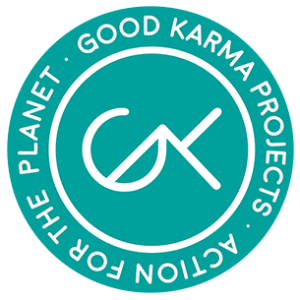¿Has encontrado pellets de plástico? Comparte la ubicación
¡Ayúdanos a identificar los puntos afectados por la contaminación de pellets de plástico para su posterior estudio! Descubre los puntos ya identificados en el siguiente mapa interactivo.


RELLENA EL FORMULARIO:
¡IMPORTANTE!: te recordamos que para que los datos sean válidos es necesario que la fecha sea del día que se detecta la contaminación y que la foto sea de los pellets tal y como los has encontrado colocando un objeto de referencia al lado (bolígrafo, moneda, billete, regla, etc). También que las coordenadas tengan un formato correcto y que hagas una estimación del área que ves afectada por pellets de plástico (una zancada no muy larga equivale a 1 metro).
Formulario de registro de zonas con presencia de pellets de plástico
pREGUNTAS FRECUENTES
Los pellets de plástico, también conocidos como nurdles o lágrimas de sirena, son pequeñas esferas que se utilizan como materia prima en la fabricación de casi todos los artículos de plástico. Debido a su pequeño tamaño (normalmente menos de 5 mm) y a las malas prácticas, los pellets a menudo se “pierden” en todas las etapas de la cadena de producción y distribución del plástico (producción, transporte, reciclaje…).
Sin tocar los pellets, tal y como los has encontrado en el medio, coloca un objeto de referencia al lado (llave, lápiz, gafas… cualquier cosa que tengas a mano) y toma una foto. Sobre todo, no toques los pellets, queremos verlos tal y como los has encontrado.
Si, este formulario es solamente para identificar zonas de acumulación de pellets. Para otro tipo de residuos existe el formulario de Clean Ups.
¡No! Cuantos más datos de más sitios podamos conseguir, ¡mejor!
¡Cualquier zona donde encuentres presencia de pellets vale!
Solo necesitarás la foto sacada a los pellets, tal cual los has encontrado con un objeto de referencia al lado, el área afectado en m2, y las coordenadas.
Un pellet en el medio ya supone un problema para el medioambiente, por lo que siempre que podamos recoger, aunque sea unos cuantos, estaremos ayudando a parar esta cadena. Lamentablemente los pellets van al contenedor gris, esto se debe a que no existen sistemas preparados para su reciclaje ya que cada pellet puede ser de un tipo de plástico diferente.







